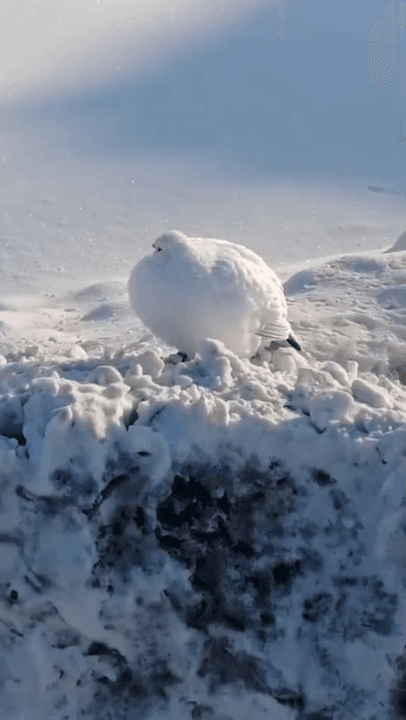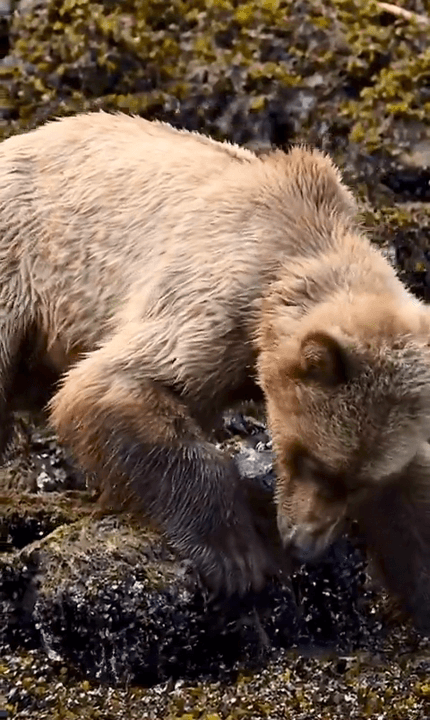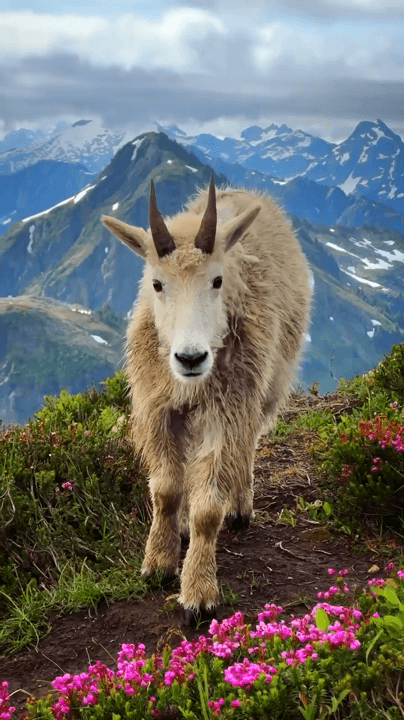
HUNTING SEASONS IN NEW BRUNSWICK, CANADA 2025–26: Big Game and Small Game, Licenses, and Regulations Guide Plan your 2025–26 New Brunswick hunt with our province‑by‑province guide—season dates, bag limits, licenses, bow & rifle rules, and key game species: Whitetail deer, Moose, Ducks and more. New Brunswick’s mixed Acadian forests, river valleys and coastal marshes support thriving whitetail deer herds, healthy moose populations and abundant migratory waterfowl staging areas. From the Miramichi Highlands to the Bay of Fundy shorelines, hunters pursue archery and rifle deer seasons, limited moose tag draws and spring/fall duck hunts—guided by clear provincial regulations across 14 Wildlife Management Zones (WMZs). Enjoy precise season dates, bag limits and zone‑specific requirements to plan an ethical, compliant hunt in New Brunswick for 2025–26. What Is There to Hunt in New Brunswick? Big Game: Whitetail deer, moose, black bear Small Game & Upland Birds: Ruffed grouse, spruce grou
Post: 30 July 12:45













































